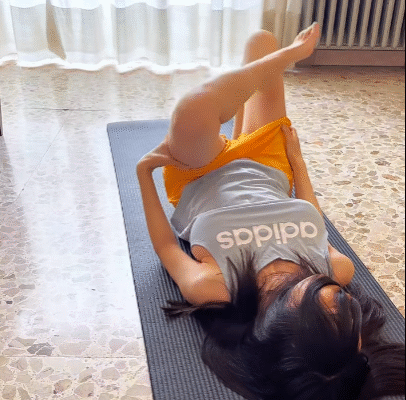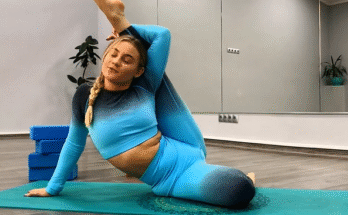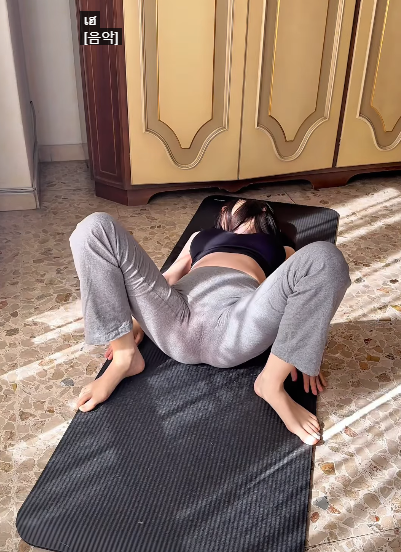
Stretching is one of the simplest yet most effective ways to maintain flexibility, prevent injury, and relieve tension in the body. Among the many forms of stretching, arm and back stretches are particularly important because these areas are frequently affected by long hours of sitting, repetitive movements, and daily stress. Incorporating these stretches into your daily routine can improve posture, increase blood circulation, and enhance overall mobility. In this article, we will explore a variety of arm and back stretches, explain their benefits, and provide tips on how to perform them correctly.
Importance of Arm & Back Stretches
The muscles in the arms and back are central to many everyday activities. Whether you are lifting objects, typing at a computer, or exercising, your arms and back are constantly engaged. Poor flexibility and muscle tightness in these areas can lead to discomfort, stiffness, and even injury over time. Arm and back stretches not only reduce muscle tension but also improve range of motion, enhance athletic performance, and contribute to better posture.
When your back muscles are tight, it can affect your spine alignment, leading to back pain and potential long-term issues. Similarly, tightness in the arms, particularly the shoulders and forearms, can limit movement and contribute to conditions like tennis elbow, shoulder impingement, or carpal tunnel syndrome. Regular stretching helps maintain muscle balance, supports joint health, and promotes relaxation.
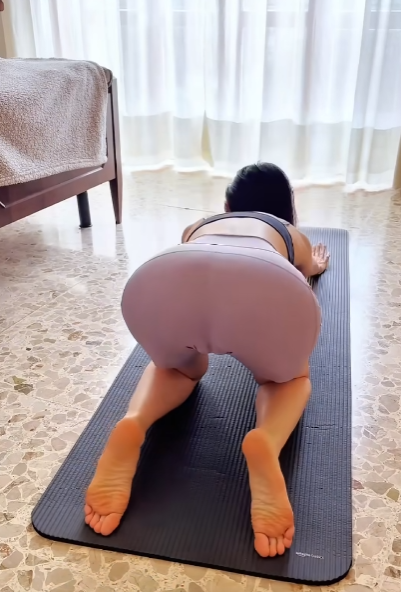
Warm-Up Before Stretching
Before performing arm and back stretches, it is crucial to warm up your muscles. A proper warm-up increases blood flow and reduces the risk of injury. Simple activities like jogging in place, arm circles, or light jumping jacks for five minutes can help prepare the muscles for deeper stretches. Warm muscles are more pliable and respond better to stretching, allowing for greater benefits.
Arm Stretches
1. Overhead Triceps Stretch
This classic stretch targets the triceps, shoulders, and upper back. Start by standing or sitting up straight. Raise your right arm overhead, bend the elbow, and reach your hand down toward the middle of your back. Use your left hand to gently push on the elbow for a deeper stretch. Hold the position for 20-30 seconds, then switch sides. This stretch not only elongates the triceps but also helps relieve tension in the shoulder muscles.
2. Cross-Body Shoulder Stretch
The cross-body shoulder stretch is excellent for relieving tightness in the shoulders and upper back. Bring your right arm across your chest, keeping it straight. With your left hand, gently pull the right arm closer to your chest without twisting your torso. Hold for 20-30 seconds and repeat with the opposite arm. This stretch improves shoulder mobility and reduces discomfort caused by prolonged desk work or computer use.
3. Wrist and Forearm Stretch
Many daily activities strain the forearms and wrists, especially typing or lifting objects. To stretch these areas, extend one arm in front of you with the palm facing up. Use your other hand to gently pull the fingers downward, feeling a stretch along the forearm. Hold for 15-20 seconds, then switch sides. You can also do the stretch with the palm facing down to target the opposite muscles.
4. Arm Circles
Arm circles are a simple yet effective way to warm up and stretch the shoulders and upper arms. Stand with feet shoulder-width apart, extend your arms to the sides, and slowly make small circles forward for 15-20 repetitions. Then reverse the direction. Gradually increase the size of the circles. This dynamic stretch enhances blood flow to the shoulder muscles and improves joint mobility.
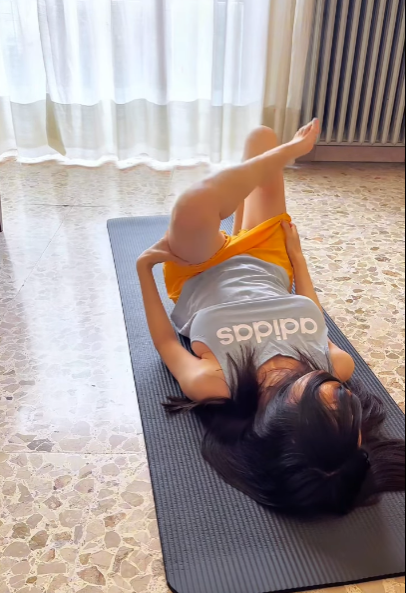
Back Stretches
1. Cat-Cow Stretch
The cat-cow stretch is a gentle, flowing stretch that targets the entire back, from the neck to the lower spine. Begin on your hands and knees in a tabletop position. Inhale as you drop your belly toward the floor, lift your chest, and tilt your pelvis upward (cow pose). Exhale as you round your spine, tuck your chin, and draw your belly button toward your spine (cat pose). Repeat for 8-10 cycles. This stretch improves spinal flexibility and relieves tension in the back and neck.
2. Child’s Pose
Child’s pose is a restorative stretch that gently stretches the lower back, hips, and shoulders. Kneel on the floor, sit back on your heels, and extend your arms forward on the floor while lowering your forehead to the ground. Hold the position for 30-60 seconds, breathing deeply. This stretch calms the nervous system, promotes relaxation, and alleviates stiffness in the lower back.
3. Seated Spinal Twist
The seated spinal twist helps release tension in the middle and upper back. Sit on the floor with your legs extended in front of you. Bend your right knee and place your foot outside your left thigh. Place your right hand on the floor behind you and your left elbow on the outside of your right knee. Gently twist your torso to the right, looking over your shoulder. Hold for 20-30 seconds and repeat on the other side. This stretch improves spinal mobility and relieves tightness caused by prolonged sitting.
4. Standing Side Stretch
A standing side stretch targets the sides of your torso, back muscles, and shoulders. Stand with feet hip-width apart. Raise your right arm overhead and lean to the left, feeling a stretch along your side and back. Keep your chest open and avoid collapsing forward. Hold for 20-30 seconds and switch sides. This stretch elongates the back and improves posture.
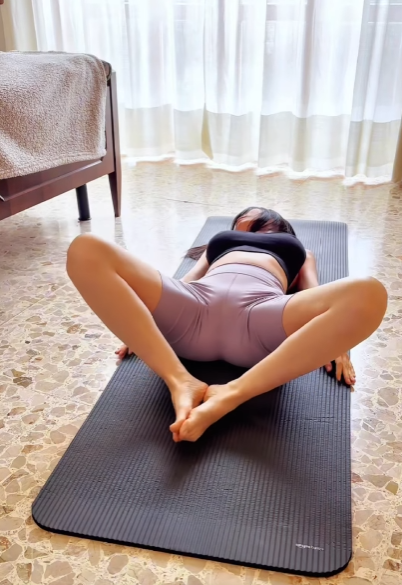
Tips for Effective Stretching
- Breathe Deeply: Focus on deep, controlled breaths while stretching. Breathing helps muscles relax and enhances the effectiveness of each stretch.
- Avoid Bouncing: Stretch slowly and steadily. Bouncing can cause microtears in muscles and increase the risk of injury.
- Listen to Your Body: Stretching should create mild tension but not pain. Stop immediately if you feel sharp pain.
- Consistency Matters: Regular stretching, even 10-15 minutes a day, can yield significant improvements in flexibility and comfort.
- Combine With Strengthening: Stretching alone is beneficial, but combining it with strengthening exercises for the arms and back improves overall muscle balance and joint health.
Conclusion
Arm and back stretches are simple yet powerful tools for maintaining flexibility, preventing injuries, and alleviating tension. By incorporating stretches like the overhead triceps stretch, cross-body shoulder stretch, cat-cow stretch, and child’s pose into your daily routine, you can significantly improve mobility, posture, and overall well-being. Remember to warm up properly, breathe deeply, and stretch consistently for the best results. Over time, these stretches will not only make everyday activities easier but also contribute to a healthier, more flexible body. Prioritizing your arms and back in your stretching routine ensures that these essential muscles remain strong, mobile, and free of discomfort for years to come.
